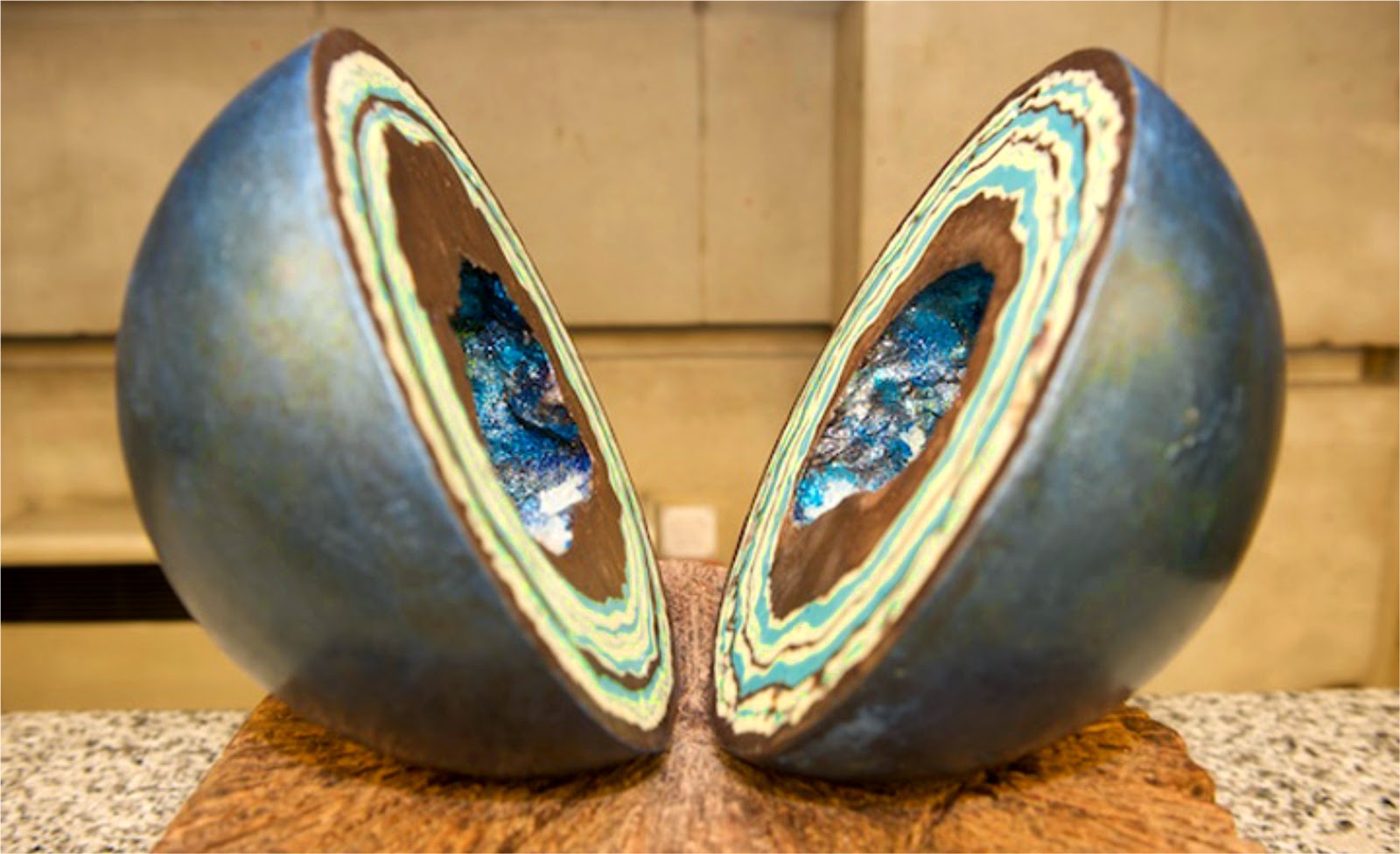Quartz is one of the most common minerals in the Earth’s crust. As a mineral name, quartz refers to a specific chemical compound (silicon dioxide, or silica, SiO2), having a specific crystalline form (hexagonal). It is found is all forms of rock: igneous, metamorphic and sedimentary. Quartz is physically and chemically resistant to weathering. When quartz-bearing rocks become weathered and eroded, the grains of resistant quartz are concentrated in the soil, in rivers, and on beaches. The white sands typically found in river beds and on beaches are usually composed mainly of quartz, with some white or pink feldspar as well Quartz is the second most abundant mineral in the Earth's continental crust.
Quartz crystal is found in many countries and many geologic environments. Major producers of natural quartz crystals are the United States (particularly Arkansas) and Brazil. Natural quartz is rarely used as found in nature (especially in electrical applications), except as a gemstone. Natural quartz crystals have many chemical impurities and physical flaws. As a result, a commercial process of manufacturing pure, flawless, electronics-grade quartz was developed. “Cultured quartz,” that is, quartz crystals grown very carefully in highly controlled laboratory conditions, is the quartz that is used in industry. About 200 metric tons of cultured quartz is produced each year. In the production of cultured quartz crystals, a “seed crystal” is needed. A seed crystal is a small piece of carefully selected, non-electronics-grade quartz. The manufactured crystal grows on this seed crystal.













